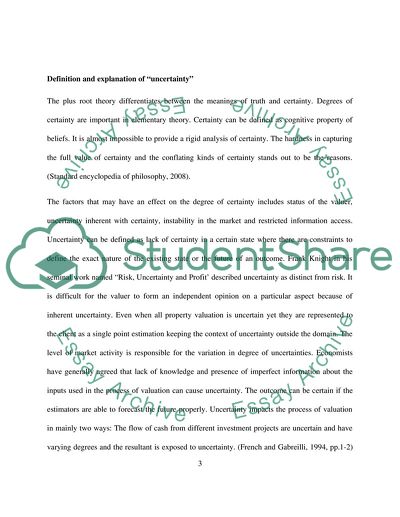Cite this document
(Uncertainty in Valuations Can It and Should It Be Eliminated Coursework, n.d.)
Uncertainty in Valuations Can It and Should It Be Eliminated Coursework. Retrieved from https://studentshare.org/marketing/1767146-uncertainty-in-valuations-can-it-and-should-it-be-eliminated
Uncertainty in Valuations Can It and Should It Be Eliminated Coursework. Retrieved from https://studentshare.org/marketing/1767146-uncertainty-in-valuations-can-it-and-should-it-be-eliminated
(Uncertainty in Valuations Can It and Should It Be Eliminated Coursework)
Uncertainty in Valuations Can It and Should It Be Eliminated Coursework. https://studentshare.org/marketing/1767146-uncertainty-in-valuations-can-it-and-should-it-be-eliminated.
Uncertainty in Valuations Can It and Should It Be Eliminated Coursework. https://studentshare.org/marketing/1767146-uncertainty-in-valuations-can-it-and-should-it-be-eliminated.
“Uncertainty in Valuations Can It and Should It Be Eliminated Coursework”, n.d. https://studentshare.org/marketing/1767146-uncertainty-in-valuations-can-it-and-should-it-be-eliminated.


